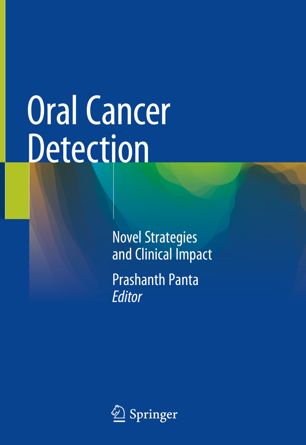

Most ebook files are in PDF format, so you can easily read them using various software such as Foxit Reader or directly on the Google Chrome browser.
Some ebook files are released by publishers in other formats such as .awz, .mobi, .epub, .fb2, etc. You may need to install specific software to read these formats on mobile/PC, such as Calibre.
Please read the tutorial at this link: https://ebookbell.com/faq
We offer FREE conversion to the popular formats you request; however, this may take some time. Therefore, right after payment, please email us, and we will try to provide the service as quickly as possible.
For some exceptional file formats or broken links (if any), please refrain from opening any disputes. Instead, email us first, and we will try to assist within a maximum of 6 hours.
EbookBell Team

4.4
32 reviewsThis monograph equips clinicians with the knowledge required to detect oral cancer at the earliest possible stage while simultaneously inspiring researchers to work on novel methods of detection. All the methods employed in the oral cancer context are considered, from simple ones like oral screening to more complex emerging optical methods and biomarker identification strategies. Individual chapters focus on conventional oral screening and application of vital stains, optical methods like white light based fluorescence-reflectance imaging, narrow band imaging, direct-oral-microscopy, and more advanced methods like optical coherence tomography, an in-vivo optical biopsy technique, and photo-acoustic imaging that allows visualization of deeper tissue changes. Novel electrical methods like bio-impedance assessment, occult biophysical methods like crystallization test, and the most promising salivary biomarkers and point-of-care opportunities are covered. Helpful information is also provided on essential topics including, oral potentially malignant disorders, biological aspects and molecular mechanisms underlying oral cancer progression, global epidemiology, concept of diagnostic delays, traditional imaging, and classic histopathology and microscopic features. The newer techniques are currently of active research interest, and can soon become powerful chair-side tools with potential to reduce diagnostic delays and improve survival.